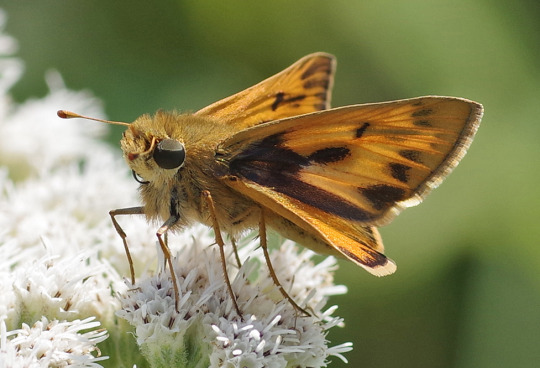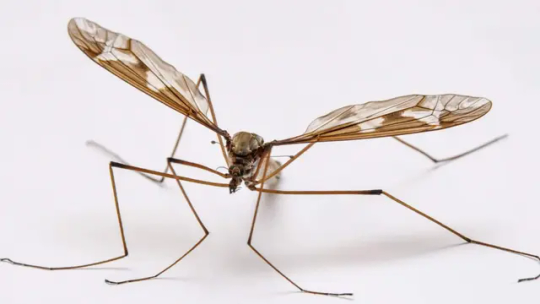☆Ornithology Nerd𓇢𓆸Southeast North America Ecology Fan☆Hirundinidae Enjoyer𓅩
Last active 60 minutes ago
Don't wanna be here? Send us removal request.
Text
I named these three celestial cicadas after my mother and her sisters. Marian, Rhoda and Helen✨💙✨





114 notes
·
View notes
Text
Great Backyard Bird Off - Eurasia (poll 9)


Bird Info & Submission Reasons
Eurasian Nuthatch (Sitta europaea)
[submitted as Kleiber] "I like it"
"Have you seen one?!? They're cool!"
"I love them a lot! And unlike woodpeckers they can descend trees head first not just straight up. They have nice colours of orange and blue and the black eye stripe is super recognizable and cool!"
"Just a little guy yk."
"I only seen him once in our neighborhood but I hear him often, its such a cool bird walking upside down trees, they are also bright orange and blue (wikipedia tells me 2 subspecies have white undersides, you never stop learning!) the common name i know the bird from reference their habit to plaster their nest holes with clay."
"I love their angular shapes and funky eyeliner!"
"Because it has a cute and interesting way of moving about on tree trunks, going in downwards spirals while upside down."
Long-tailed Tit (Aegithalos caudatus)
"They're my favourite guy"
"It's so TINY and CUTE!!! I don't see them in my garden terribly often but they ARE very local to me, I've started seeing lots of them in the last few years and they are an absolute delight."
"because they are rare in my garden and beautiful. once I walked around a lake and they were feeding in the trees overhead. it was beautiful"
"they're known as one of the cutest birds in the world, and is one of my personal favourites! flying cotton balls <3"
"Just look at then they're adorable. Plus they can look like fluffy little snowballs sometimes, or have this fierce little eye stripe (or more like thick eyebrows sometimes) and yeah i like all the slight differences i've seen so far they're very cool. Also they're common enough for people to be a little suprised when i said what i was staring at in the bushes and the keep walking after lol so i think they fit this poll well (and deserve a little redemtion for that imo). Also have i mentioned how cool and cute they are?"
"They are so freaking adorable"
"I love these little balls of fluff. Whenever you see them they are always always in a group and move around so actively all the time. The sounds they make are cute too, little high pitched beeps:). So yeah anyway, anytime I see one I my day, no, my week is made!"
"They’re slightly rarer where I live so whenever I see one I get really excited! They never show up alone so if there’s one in your garden soon there are 4 or 5. And the pinkish ring tint they have is cute and contrasts nicely with a grey winter’s day."
Image Sources: nuthatch (Yeray Seminario), tit (Ivan Sjögren)
#I am so torn#i love nuthatches#but a mutual really likes long tailed tits and that resulted in me learning more about them out of curiosity and I love them too
13 notes
·
View notes
Text


what awaits outside
twitter/ insta/bluesky/ store
1K notes
·
View notes
Text

Eastern Towhee (Pipilo erythrophthalmus), family Passerellidae, order Passeriformes, NE TN, USA
photograph by Shane Falin
131 notes
·
View notes
Text
currently insane about slovakia culling 350 of their around 1,500 brown bears because one (1) 60 yr old got attacked and killed by a bear in the woods. in the forest. where bears live. and the prime minister saying "we can't have forests people are scared to go into." yes you should dipshit it's good to have a healthy wariness for nature! and if you get rid of your bears and all your biodiversity... it's not even a forest anymore it's just a bunch of trees
493 notes
·
View notes
Text

albatross // mariner
this is probably obvious but credit where credit is due, I took inspiration and elements from the wonderful @ink-ghoul's in game painting
413 notes
·
View notes
Text
Just reading a book all about ethnozoology of reptiles and amphibians and jesus christ Europeans hated frogs so much, calm down they're just little animals goddamn
#APPALACHIA NUMERO UNO#<— yesss prev#I really really need to visit the smokies more it’s not even that far it’s less than an hour away
806 notes
·
View notes
Text

[https://www.inaturalist.org/observations/106822459] Common Swift || Apus apus Observed in France Near Threatened in location of observation
20 notes
·
View notes
Text
There are cathedrals (birds) everywhere for those with the eyes to see (my binoculars). The world is truly so full of wonder and whimsy once you take up birdwatching. There are birds everywhere. I'm never bored. I'm always on the edge of my seat looking for my next bird. You wish you were on my level.
#I will see that parula this year >:D#Robins are nesting in my yard#I’ve seen barn swallows almost every day now
205 notes
·
View notes
Text
please stop writing "viscous" when you mean "vicious", it produces the weirdest mental images ever
#Oh I remember this one from when I was a little elementary school kid and read a book about it#Formative little me memories
143K notes
·
View notes
Text
As it is Passover again, it is time for the annual debate as to whether the frog plague, which thanks to a quirk in the Hebrew, is written as a plague of frog, singular, rather than the plural, plague of frogs, was in fact, as generally imagined, a plague of many frogs, or instead a singular giant Kaiju frog. This is an ancient and venerable argument that actually goes back to the Talmud because this is what the Jewish people are. If we can't argue for fun about this sort of thing, what are we even doing.
In that spirit, I would like to submit a third possibility, which is that in fact it was one perfectly normal sized frog, who was absolutely acing Untitled Frog Game: Ancient Egypt Edition. One particularly obnoxious frog, who through sheer hard work, managed to plague all of Egypt.
79K notes
·
View notes
Text

The best hobbies are ones that teach you obscure synonyms for colors
3K notes
·
View notes
Text
honestly i think a huge part of getting better at creature design is gaining an appreciation for "normal boring" animals and realizing that they also have evocative character designs that are just as good to draw from as tigers or deer or vultures or piranhas or anything else on the whole have deemed more charismatic or interesting looking in some way


























2K notes
·
View notes







